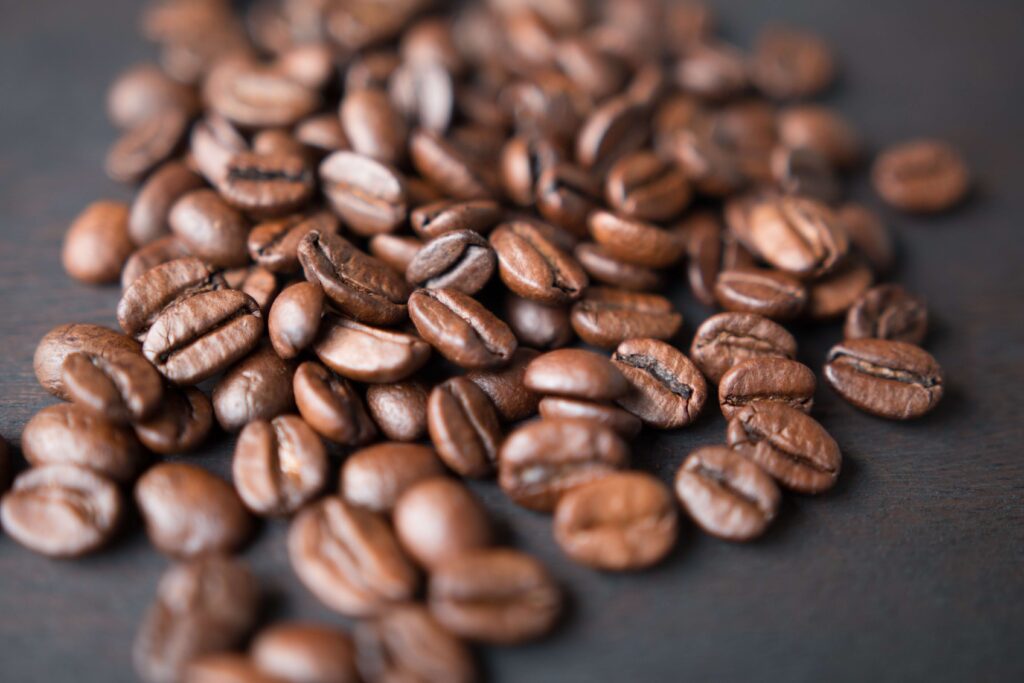Does caffeine affect fertility?
It’s possible. Some studies have found a connection between caffeine consumption and a woman’s ability to conceive, while some others have not. Mostly experts say there just isn’t enough evidence to confirm that suspicion about caffeine and fertility.
Although clear connection isn’t found between moderate caffeine intake and fertility problems, it’s normally considered safe to consume 200 to 300 milligrams (mg) of caffeine daily while trying to conceive. That’s up to two 8-ounce cups of coffee for a weak brew. If you get more than that, it might be a good idea to cut back.
Which foods and beverages contain caffeine?
Of course coffee is one. The amount of caffeine in each serving of coffee varies widely, depending on the type of bean, and how it’s roasted or how it’s brewed – and, obviously, on the size of the cup of coffee. (For example, espresso contains more caffeine per ounce, but it’s served in a tiny cup. So a full cup of brewed coffee will actually deliver more caffeine.)
To manage your caffeine intake, you need to be aware of other sources, like tea, soft drinks, energy drinks, chocolate, and coffee ice cream. Caffeine also shows up in herbal products and over-the-counter drugs, including some headache, cold, and allergy remedies. Read labels carefully.
Amount of caffeine in common foods and beverages
| Coffee | Amount | Caffeine |
| coffee, generic brewed | 8 oz | 95-200 mg |
| coffee, Starbucks brewed | 16 oz | 330 mg |
| coffee, Dunkin’ Donuts brewed | 16 oz | 211 mg |
| café latte, mist, or cappuccino, Starbucks | 16 oz | 150 mg |
| café latte, mist, or cappuccino, Starbucks | 12 oz | 75 mg |
| espresso, Starbucks | 1 oz (1 shot ) | 75 mg |
| espresso, generic | 1 oz (1 shot) | 64 mg |
| coffee, generic instant | 1 tsp granules | 31 mg |
| coffee, generic decaffeinated | 8 oz | 2 mg |
| Tea | Amount | Caffeine |
| black tea, brewed | 8 oz | 47 mg |
| green tea, brewed | 8 oz | 25 mg |
| black tea, decaffeinated | 8 oz | 2 mg |
| Starbucks Tazo Chai Tea latte | 16 oz | 95 mg |
| instant tea, unsweetened | 1 tsp powder | 26 mg |
| Snapple | 16 oz | 42 mg |
| Lipton Brisk iced tea | 12 oz | 5 mg |
| Soft drinks | Amount | Caffeine |
| Coke | 12 oz | 35 mg |
| Diet Coke | 12 oz | 47 mg |
| Pepsi | 12 oz | 38 mg |
| Diet Pepsi | 12 oz | 36 mg |
| Jolt Cola | 12 oz | 72 mg |
| Mountain Dew | 12 oz | 54 mg |
| 7-Up | 12 oz | 0 mg |
| Sierra Mist | 12 oz | 0 mg |
| Sprite | 12 oz | 0 mg |
| Energy drinks | Amount | Caffeine |
| Red Bull | 8.3 oz | 77 mg |
| SoBe Essential Energy, berry or orange | 8 oz | 48 mg |
| 5-Hour Energy | 2 oz | 138 mg |
How can I cut back on caffeine?
When you decide to drink less caffeine, cut it back slowly to avoid the symptoms of withdrawal, such as fatigue and headaches.
You might want to start by switching to a drink that’s half regular brew and half decaf. Or reduce the caffeine in homemade hot beverages by watering them down or brewing them for a shorter time. If you love to start your day with a cup of English breakfast tea, steeping your tea bag for one minute instead of five reduces the caffeine by as much as half.
Once you’ve acclimated to life with little or no caffeine, you may find steamed milk with a shot of flavored syrup to be a nice coffee substitute – and the calcium will do you good.








